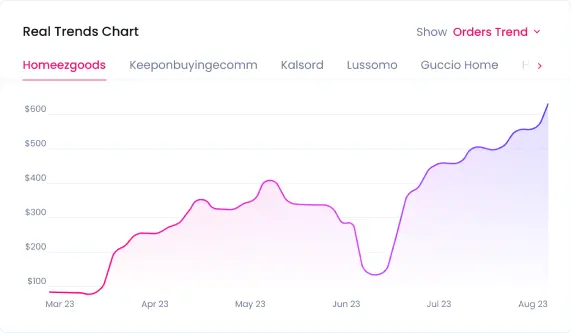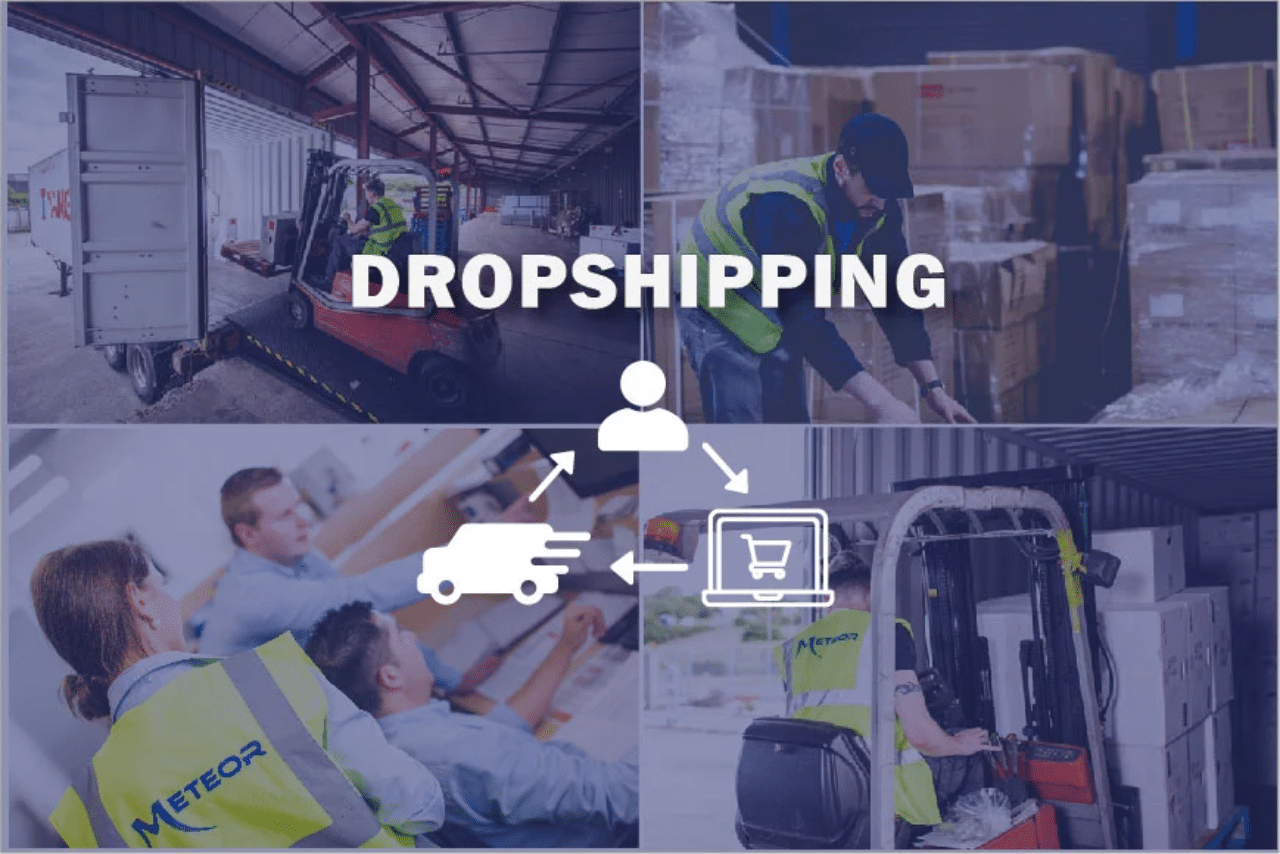How to Start Amazon Dropshipping Business in 2024?
Contents
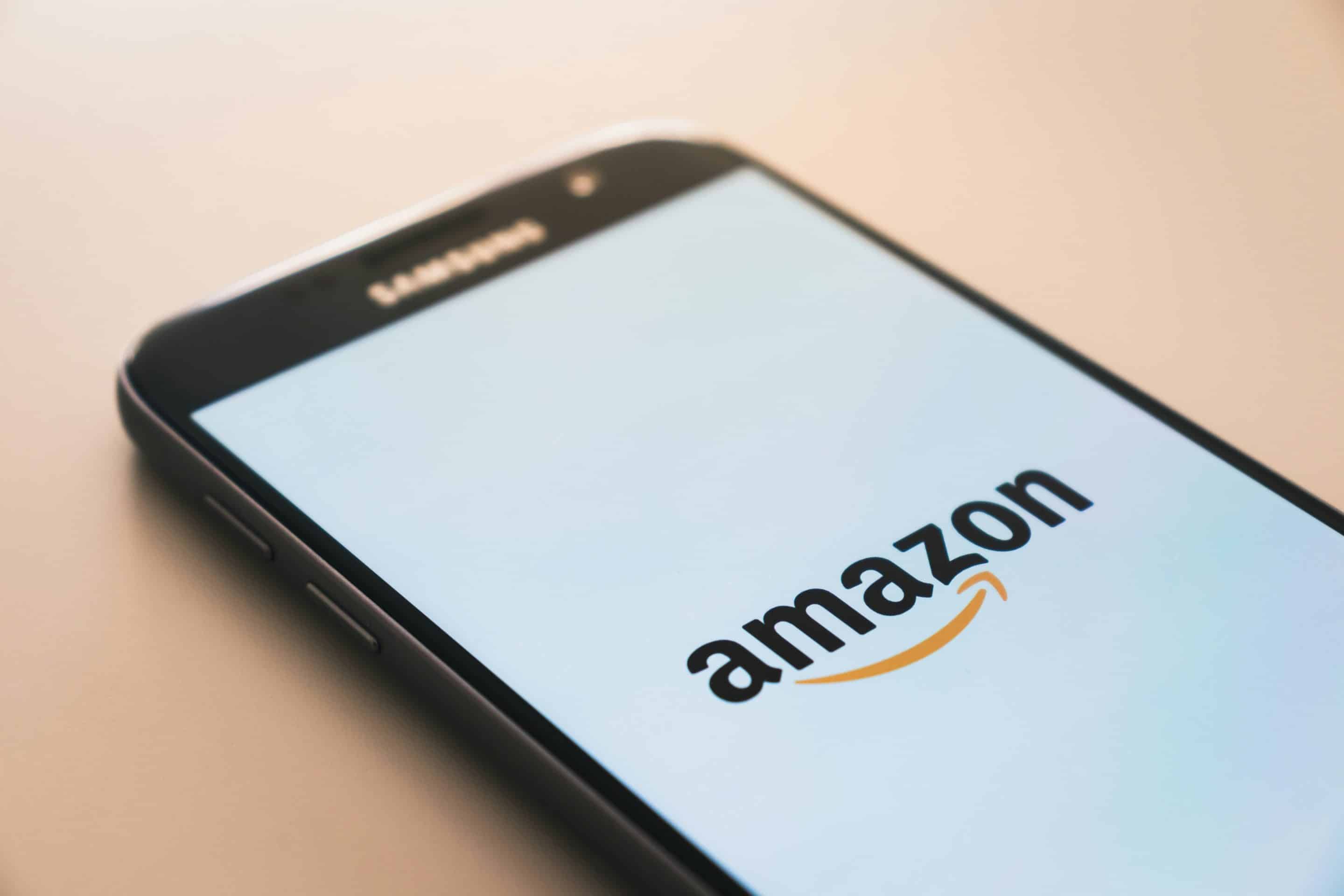
When looking to start an ecommerce business model, no platform is as dominant as Amazon. If you are an aspiring entrepreneur looking to tap into this vast market without having to pay hefty upfront costs of traditional retail, Amazon dropshipping is by far the most attractive opportunity.
Amazon dropshipping is a business model that allows you to sell products on the platform without actually holding any physical inventory. If we were to put it simply, when a customer wishes to purchase a product and places an order, you purchase the same product from a third-party dropshipping supplier. Then the dropshipping suppliers ship the product directly to the customer. Hence, it eliminates the need for significant upfront investment, making it an ideal option for those with limited capital.
Sell the Trend believes the popularity of Amazon dropshipping has surged in recent years driven by several factors. For instance, Amazon sellers are offered a user-friendly interface and a relatively low barrier to entry. Amazon also has a massive customer base that provides a ready market for your products. An Amazon store also offers fulfillment options. For instance, Amazon’s own fulfillment method is called FBA (Fulfillment by Amazon), which simplifies logistics and enhances customer experience.
Despite its appeal, Amazon dropshipping model is not without its challenges. As per our experience, some of the hurdles faced by beginners include difficulties in identifying profitable products that meet market demand and align with their business goals. Finding a reliable supplier who offers competitive pricing, quality products, and timely shipping is also a pain point. But perhaps the most common challenge is to navigate the competitive landscape of Amazon and differentiate your products.
But worry not! We are here with a comprehensive guide to address these challenges and provide you with the knowledge and tools needed to successfully start and grow your dropshipping business in 2024. By the end of this article, you will have a clear understanding of the dropshipping process, key factors to consider, and the steps to take to achieve success on Amazon.
Read on to learn how to dropship on Amazon!
Key Takeaways
What is Amazon Dropshipping?

Amazon dropshipping is a business model in which you sell products on Amazon without holding any physical inventory. Instead, you partner with third-party supplier(s) who store, pack, and ship products directly to your customers. This eliminates the need for upfront investment in inventory, making it a low-risk option for entrepreneurs.
How it Works
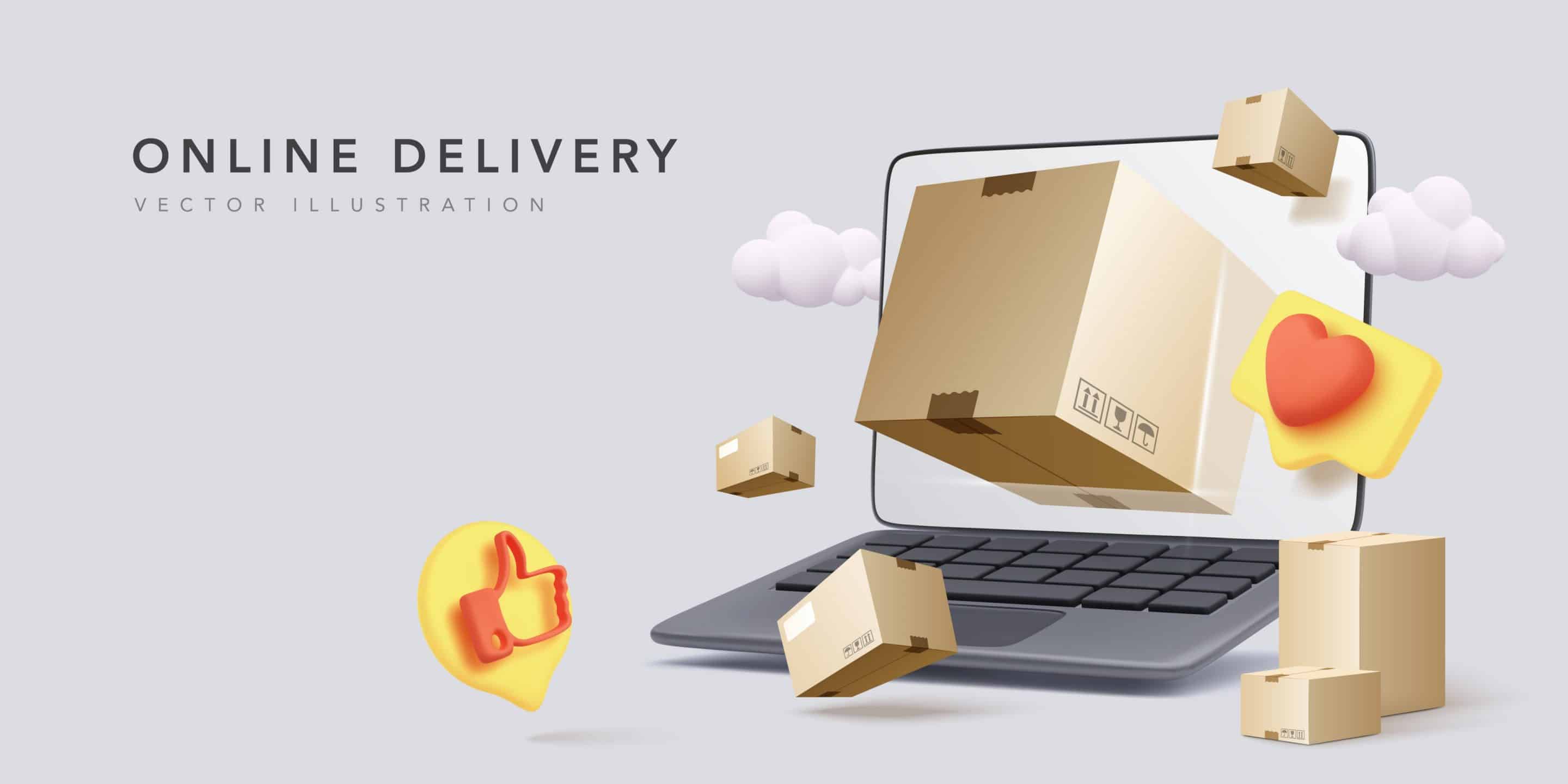
The process of Amazon dropshipping involves the following steps:
- Product Research: Identify profitable products that are high in demand and have the potential for high sales on Amazon.
- Supplier Selection: Find reliable suppliers who offer the products you want to sell at competitive prices and can fulfill orders efficiently.
- Create Amazon Seller Account: Open an Amazon Seller Account to start listing your products.
- List Products: Create detailed product listings on Amazon; including high-quality images, accurate descriptions, and competitive pricing. These normally go on the product detail page.
- Customer Orders: When a customer purchases your product, you forward the order details to your supplier.
- Supplier Fulfillment: The supplier processes the order, packs the product, and ships it directly to the customer.
Amazon’s Dropshipping Policy
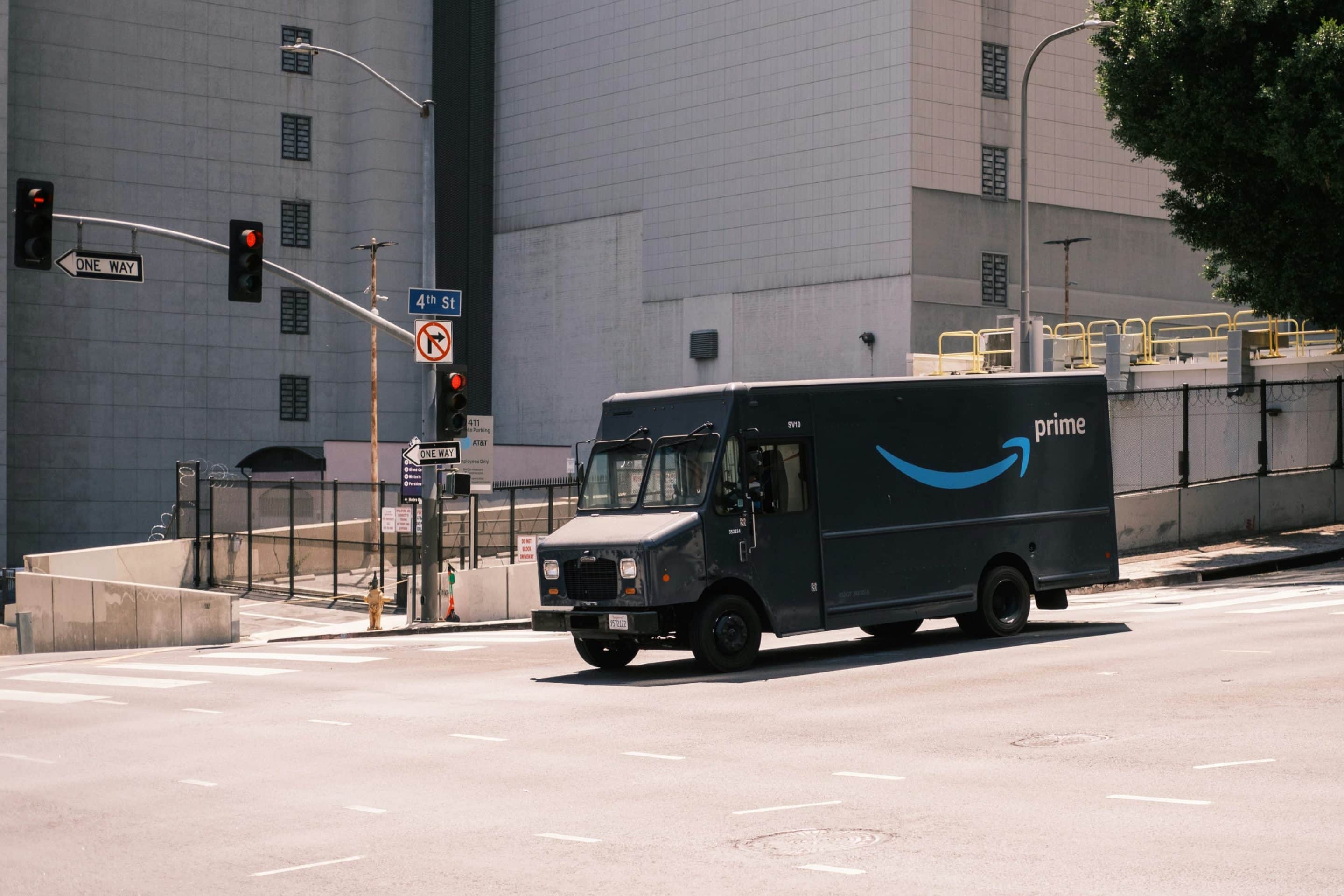
We believe it is imperative to adhere to Amazon’s dropshipping policy to avoid any account suspensions or penalties. Key aspects of the policy include:
- Seller of Record: You must be identified as the seller on all invoices, packing slips, and other product information.
- Third-Party Branding: Remove any branding or information identifying the third-party supplier before shipping products.
- Customer Service: Handles customer inquiries, returns, and refunds.
- Compliance: Adhere to all other seller agreement terms and conditions to ensure you are not caught up on Amazon dropshipping legal issues.
Is Amazon Dropshipping Profitable?
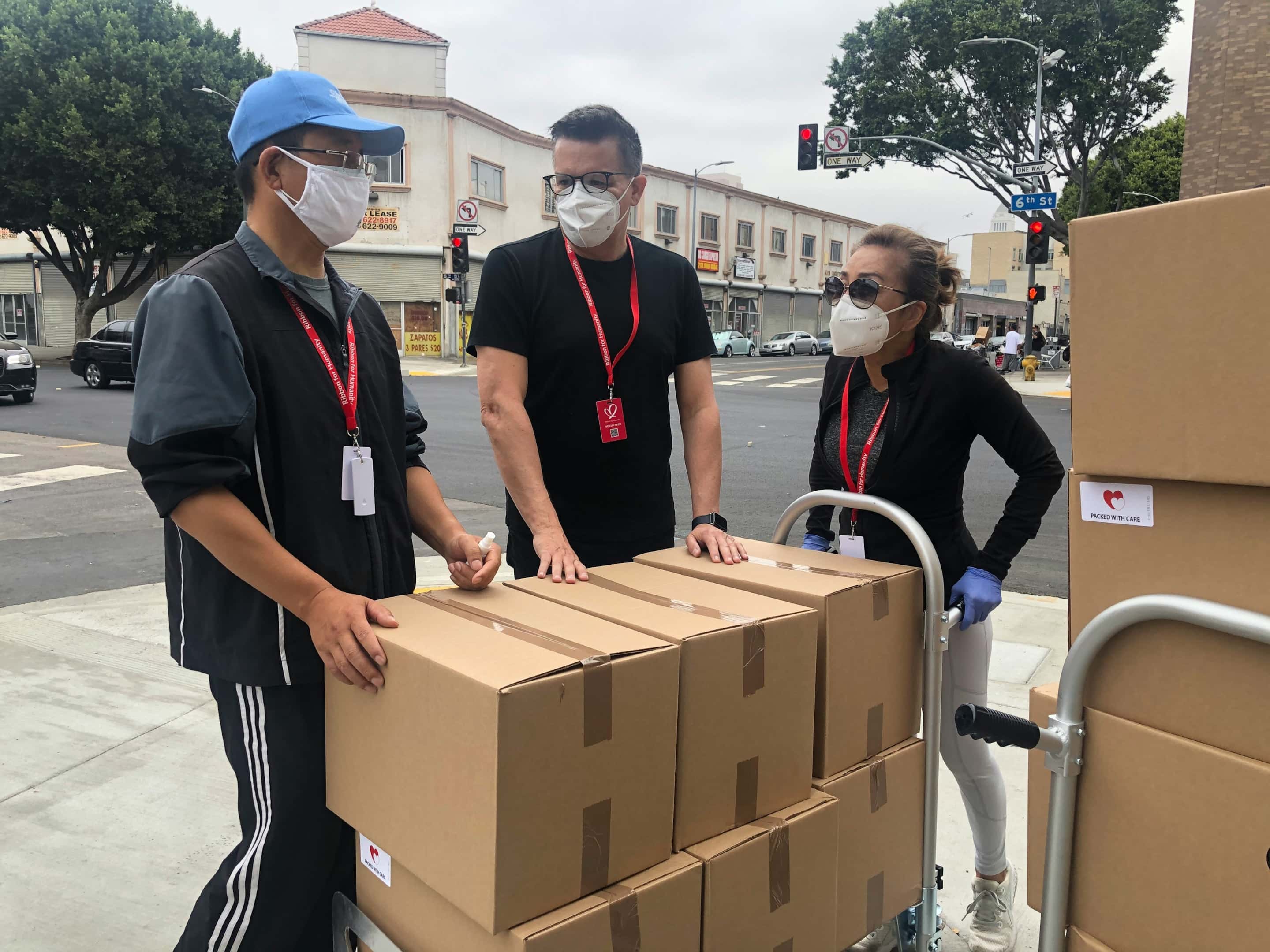
Yes, We have examined Amazon dropshipping to be a profitable business if executed properly. However, it requires careful planning and execution. Factors such as product selection, supplier negotiation, effective marketing methods, and efficient operations play a crucial role in determining profitability.
By following the guidelines outlined in this section and leveraging the strategies discussed in the subsequent sections, you can increase your chances of success in Amazon dropshipping.
Amazon dropshipping vs. Other Selling Methods

Let’s find out how Amazon dropshipping compares to other selling methods in the market, as we give you a detailed account of the advantages and disadvantages of every selling method out there.
Wholesale
Wholesale often offers lower prices compared to dropshipping which can lead to higher profit margins. It also provides you with a lot more control over inventory management. You are the only decider of pricing, branding, and more.
However, wholesales require a significant upfront investment in inventory. There are also storage fees and fulfillment challenges like managing inventory and time-consuming order fulfillment processes.
Private Label
Gaining a competitive advantage in a private label is easier than other selling methods due to having your own branded products. It also provides you greater control over selling price and branding which can lead to higher profit margins.
However, Just like wholesale, this too requires upfront investment for aspects like product development, manufacturing, and branding. Managing inventory levels and avoiding stockouts can be difficult.
Dropshipping Amazon FBA (Fulfillment By Amazon)
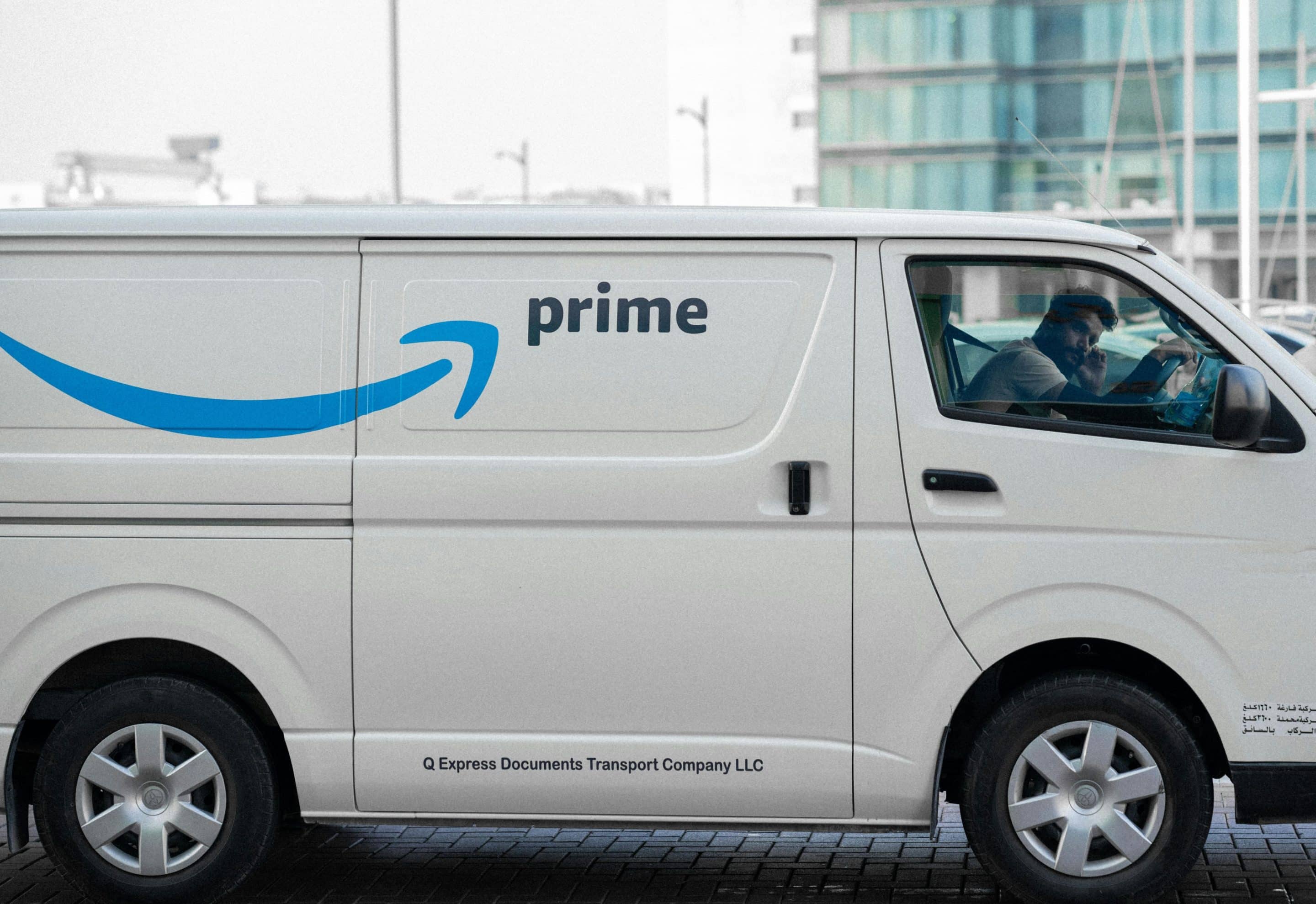
Prime badge eligibility and Buy Box priority can boost sales. Amazon itself handles storage, external packaging, and shipping products, so the workload is reduced. Prime shipping and Amazon’s customer service can improve customer satisfaction.
However, Amazon dropshipping method also has its fair share of challenges such as storage fees, fulfillment method fees, and potential long-term storage fees. As per our expertise, you also have less control over your packaging and shipping products. Lastly, certain product categories may be restricted or have additional requirements.
Choosing the Right Method
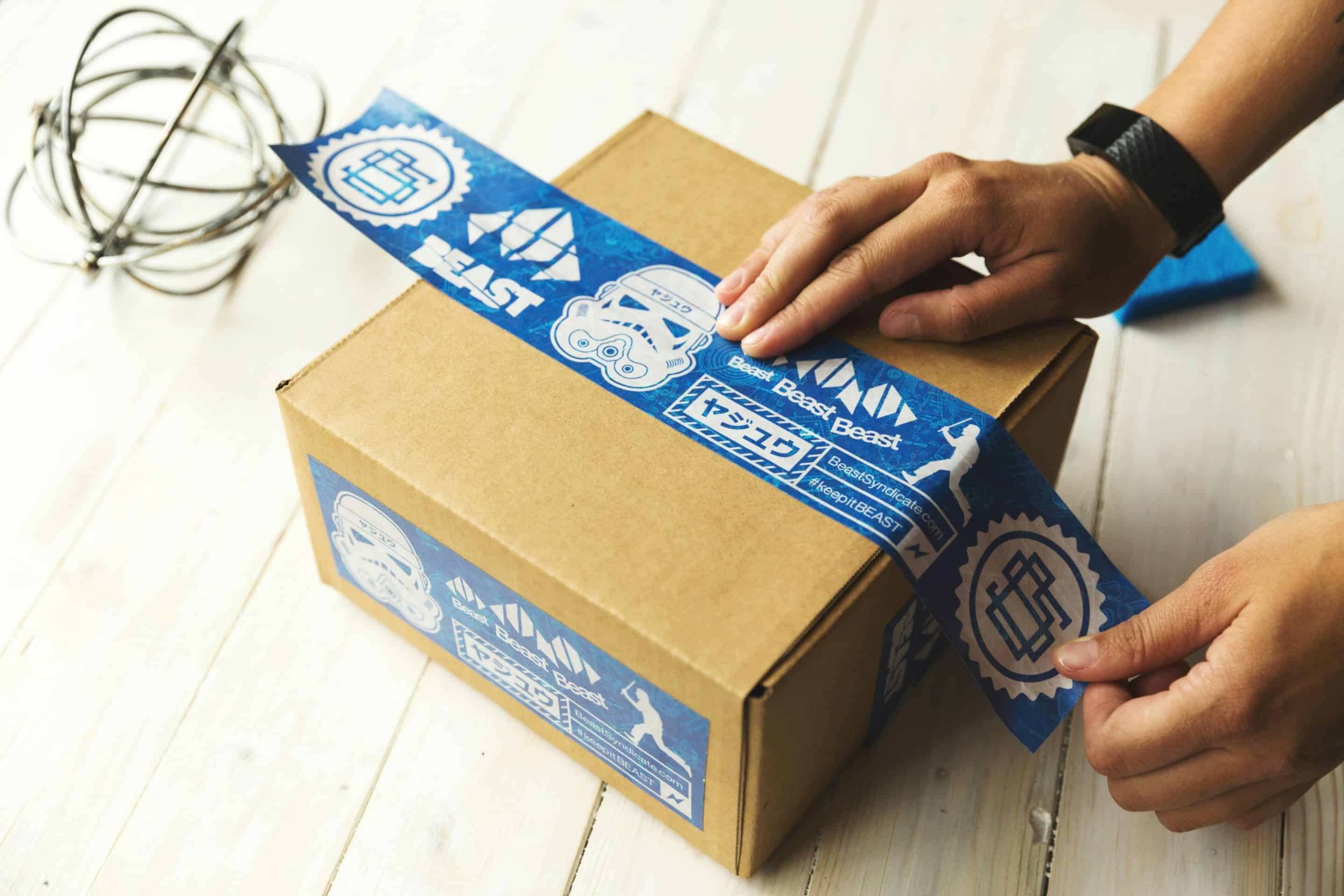
Wanna learn how to choose the right method? We are here to guide you through the tough decisions. The best-selling method for your ecommerce business depends on your specific goals, budget, and resources. We recommend considering the following factors when making your decision:
- Upfront Investment: Assess your available capital and the willingness to invest in inventory or upfront costs.
- Product Selection: Determine the type of product you want to sell and whether they align with the requirements of different selling methods.
- Level of Control: Evaluate how much control you want over your inventory, pricing, branding and customer service.
- Time and Resources: Consider the time and resources you have available to manage inventory, fulfillment, and customer support.
- Long-term Goals: Determine your long-term goals for your Amazon sales, and how each selling method can contribute to your success.
If you carefully analyze these factors and consider your competitive advantage within the Amazon marketplace, you can make an informed decision about the most suitable selling method for your Amazon dropshipping business.
How to Start an Amazon Dropshipping Business

Now that you have a clear understanding of the different selling methods available on Amazon, let’s delve into the specific steps involved in starting an Amazon dropshipping business. In the following sections, Sell The Trend will guide you through the essential processes, from product research, and supplier selection to launching your online store and promoting your products.
Step 1: Product Research

Product research is arguably the most critical step in starting a successful Amazon dropshipping business. It involves identifying profitable products that are in high demand, have low competition, and align with your target market. We believe that by conducting thorough product research, you can increase your chances of success and maximize your returns.
Strategies for Finding Profitable Products
To identify profitable products for your dropshipping business, consider the following strategies:
- Utilize Product Research Tools: Tools like Seller Assistant can provide valuable insights into product trends, sales data, and competition levels. These tools often offer features such as keyword research, sales estimator, and competitor analysis to help you identify potential winners.
- Analyze Best Sellers: We recommend exploring Amazon’s best-seller lists to identify popular products in different categories. Look for product listings with consistent sales and positive reviews.
- Identify Trending Products: Stay updated on current trends and emerging niches by following industry news, social media, and online selling forums. This can help you discover product ideas that are gaining popularity and have potential for high demand.
- Consider Seasonal Demand: Identify products with seasonal demand to capitalize on peak sales periods. For example, products related to holidays, sports events, or specific seasons can experience increased demands during certain times of the year.
- Evaluate Competition: Analyze the level of competition for potential products by assessing the number of sellers, their product rankings, and pricing strategies. From our experience, we advise you to look for products with moderate competition to avoid price wars.
The Power of Product Research Tools

Product research tools like Sell The Trend can significantly streamline your product sourcing process. They offer you a range of features:
- Product Sourcing: You can use such tools to quickly find profitable products with high demand and low competition.
- Market Analysis: They offer market analysis, sales data, and competitive pricing.
- Supplier Verification: Whether you are going for one or multiple suppliers, these tools can help in evaluating the trustworthiness of potential suppliers.
- IP Alert: They help you identify products with potential intellectual property issues to avoid legal complications.
Hence, if you were to leverage such a tool, you can efficiently identify promising products and make informed decisions about your dropshipping business.
Pro Tip: Avoid Intellectual Property Issues
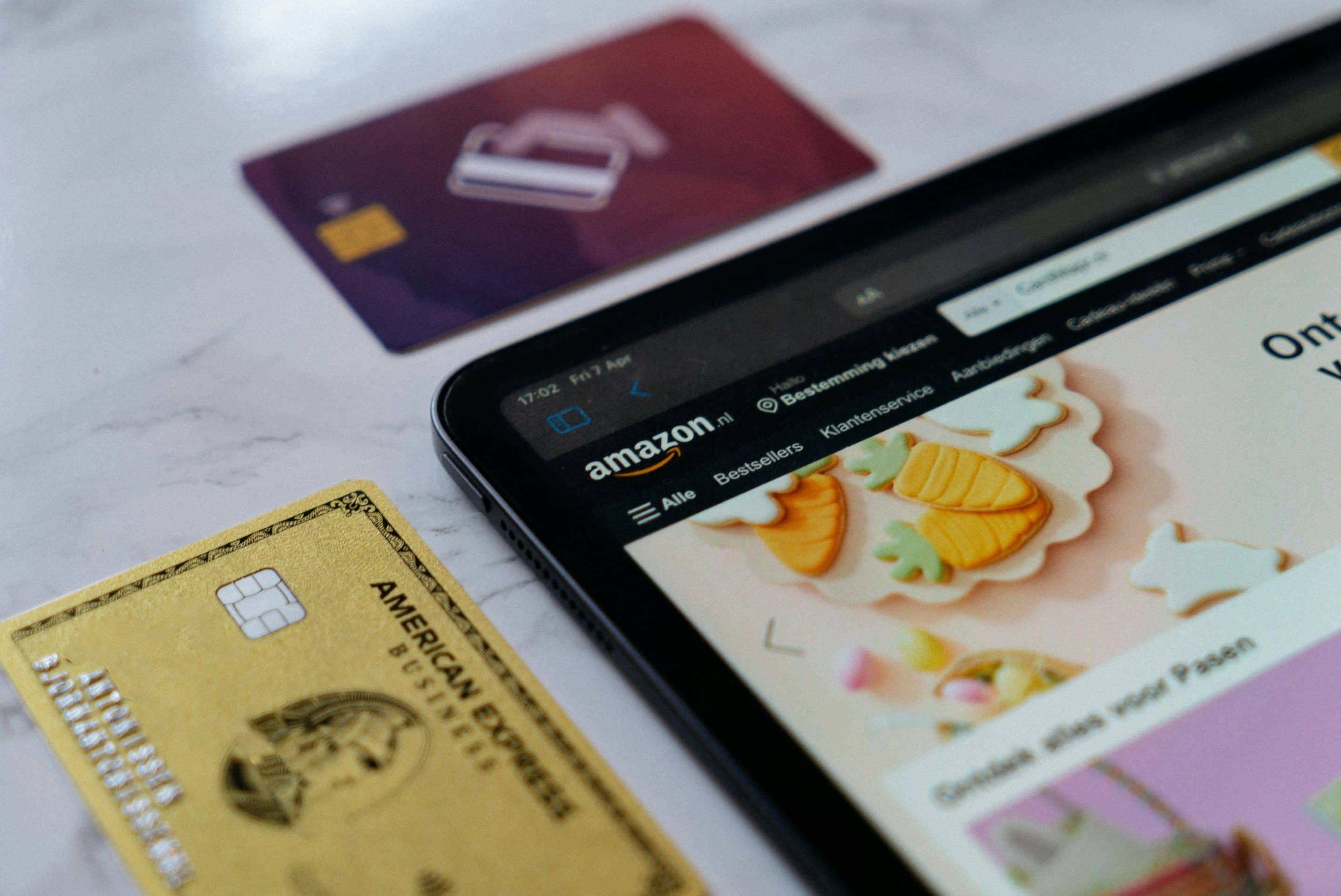
Our experts believe that Intellectual property (IP) concerns can pose a significant risk to your Amazon dropshipping. To mitigate these risks, utilize Sell The Trend‘s IP alert feature to identify products with potential IP complaints. This will help you avoid selling products on your Amazon dropshipping store that may infringe on existing trademarks or copyrights.
Researching products is your first step in starting dropshipping on Amazon.
Step 2: Dropshipping Supplier Selection
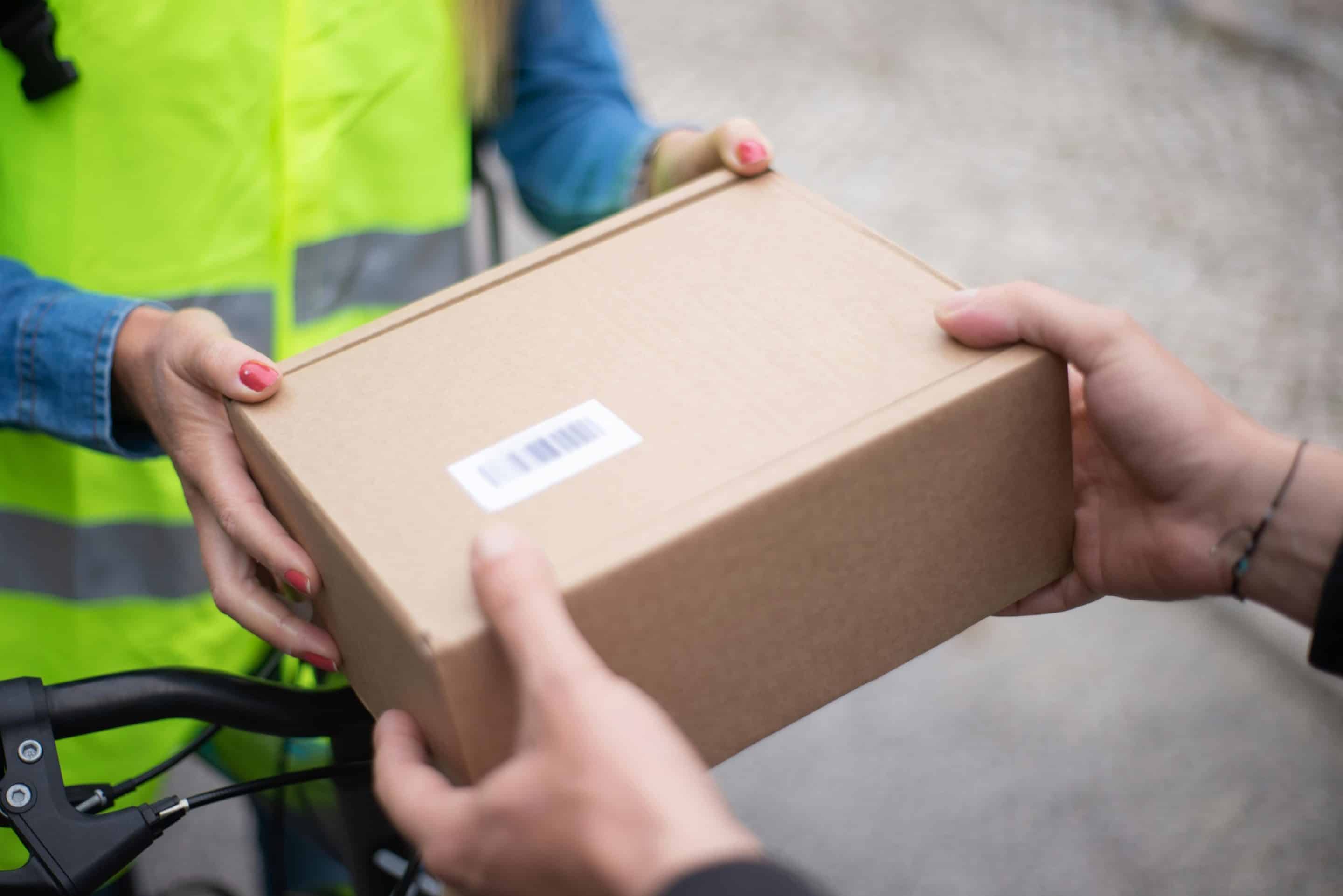
Choosing reliable dropshipping suppliers is a crucial step in the success of your dropshipping on Amazon. Your suppliers will be responsible for sourcing, packaging, and shaping the products you sell, so it is essential to partner with reputable and efficient providers.
Key Factors to Consider
When selecting suppliers, carefully evaluate the following factors:
- Price: Negotiate low costs to ensure a healthy profit margin. Look for suppliers who offer reasonable prices without compromising quality.
- Product Quality: Ensure your local suppliers can provide products that can meet or exceed your customers’ expectations. Request samples to assess product quality, consistency, and packaging.
- Shipping Times: As a professional seller, we recommend you choose suppliers that ship orders with reliable timing so customer dissatisfaction and potential returns. Consider hiring suppliers that are located closer to your target market for faster delivery. Processing customer returns can only be made possible if your suppliers are reliable with their shipping and delivery timings. If suppliers offer prime shipping, that’s even better.
- Amazon Policy Compliance: Ensure your suppliers are familiar with Amazon’s dropshipping policies and can comply with their requirements regarding product packaging, labeling, and shipping.
- Returns and Funds: Then you need to understand the supplier’s policies regarding returns and refunds to avoid any potential disputes with customers.
- Supplier Reputation: Your dropshipping strategy must also include researching the supplier’s reputation and reading reviews from other customers to assess their reliability and performance.
Finding Reliable Suppliers
There are several effective sources for finding dropshipping suppliers:
- Online Marketplace: Platforms like AliExpress, Alibaba, and Oberlo offer a vast network of suppliers from around the world.
- Dropshipping Directories: Directories such as SalesHoo, Spocket, and Doba provide curated lists of pre-verified suppliers.
- Networking: We recommend connecting with other dropshippers or online entrepreneurs to get recommendations and share supplier information.
- Supplier Websites: Search for suppliers directly on their websites or through online directories.
Evaluating Potential Suppliers
Once you’ve identified potential suppliers, conduct a thorough evaluation based on the following criteria:
- Product Samples: Always ask for samples of dropship products you’re interested in selling to assess their quality, packaging, and overall presentation.
- Pricing: Compare prices from multiple suppliers to ensure you are getting competitive rates.
- Shipping Times: Inquire about the supplier’s shipping times and delivery methods to assess their reliability and speed.
- Amazon Policy Compliance: Verify that the supplier is familiar with Amazon’s dropshipping policies and can comply with their requirements.
- Communication and Responsiveness: Test the supplier’s communication channel to evaluate their responsiveness and professionalism.
- Customer Reviews: Read reviews from other customers to get insights into the supplier’s performance and reliability.
Pro Tip: Leverage Sell The Trends’ Quick Links
Sell The Trend offers a convenient feature called “Quick Links” that allows you to search for suppliers on various platforms directly from within the tool. This can save you time and effort in your supplier search. By using Quick Links, you can effectively compare prices, shipping times, and other relevant factors across different suppliers.[/callout]
So we recommend you carefully consider these factors and utilize effective supplier methods, so you can identify reliable and trustworthy partners to support your dropshipping on Amazon.
This is the second step on your journey to start selling on Amazon.
Step 3: Setting Up Your Amazon Seller Account

Once you have finished choosing a supplier, it is now time to set up your Amazon seller account. Here is a comprehensive guide prepared by us, using our experience, that will help you set up the account and understand all the intricacies related to it.
Individual vs Professional Seller Plans

When starting dropshipping on Amazon, you will need to choose between two main seller plans:
- Individual Seller Plan: This plan is suitable for sellers who plan to sell a limited number of products. It has a monthly subscription fee of $0.99 per item sold, plus additional fees for Amazon services.
- Professional Seller Central Account: This plan is ideal for sellers who plan to sell a large volume of products. It has a fixed monthly fee of $39.99, regardless of the number of items sold.
Factors to Consider When Choosing a Plan
When deciding between individual and professional seller plans, carefully consider the following factors:
- Estimated Sales Volumes: If you anticipate selling a large number of products, the Professional Seller Plan can be more cost-effective.
- Additional Features: The Professional Seller Plan offers additional features such as bulk listing tools, advanced reporting, and access to Amazon’s branding tools.
- Future Growth: If you have a plan to expand your business model, and sell a wide range of products, the professional seller plan provides more flexibility.
Obtaining Product Category Approval
For certain product categories on Amazon, you may need to obtain approval before listing your products. This is typically required for restricted or regulated categories to ensure product quality and safety.
We have examined that the approval process varies depending on the category, but generally involves:
- Submitting an Application: Provide detailed information about your business, products, and experience.
- Review and Approval: Amazon will review your application and may request additional documentation or information.
- Waiting for a Decision: This approval process can take several days or weeks.
Tips for Obtaining Approval
To increase your chances of obtaining product category approval, consider the following tips:
- Provide Detailed Information: Ensure your application is complete and includes all required documentation.
- Demonstrate Experience: Highlight your experience in selling similar products or in the relevant industry.
- Address Safety and Quality Concerns: If your product category is regulated, proactively address any safety or quality concerns upfront.
- Be Patient: The approval process may take time, so be prepared to wait for a decision.
We ask our clients to carefully consider these factors and follow the steps outlined above, so you can successfully set up your Amazon Seller Central account and become an online retailer.
Step 4: Creating Product Listings
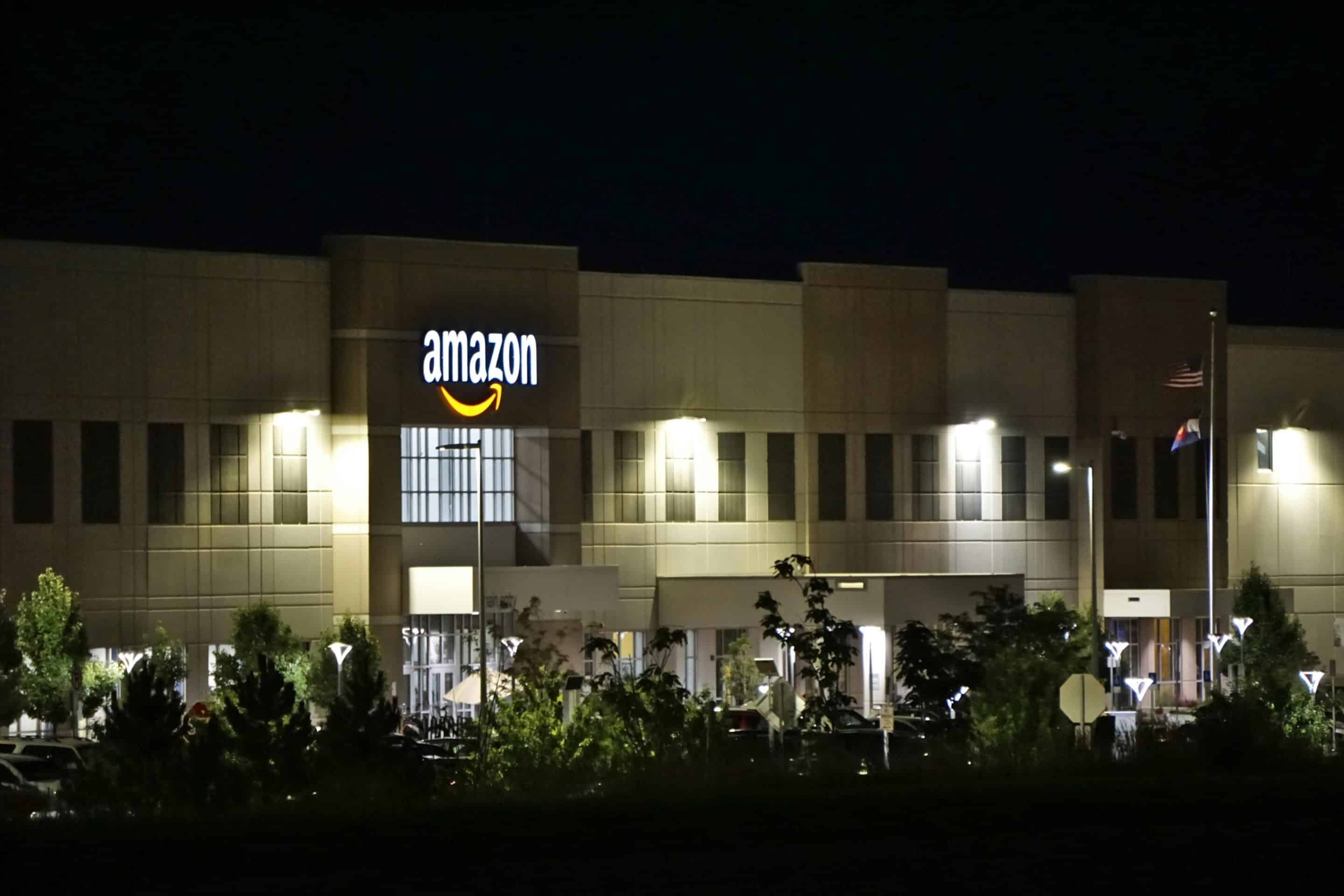
Now that you have the official approval from Amazon for your online store, it is time to list products. Here is our guide on how to create product listings:
Optimizing Your Product Listings
Creating compelling product listings is essential for attracting customers and driving sales on Amazon. Here is a breakdown of key elements to focus on:
1. Compelling Titles
- Include Relevant Keywords: Use keywords that potential customers are likely to search for.
- Be Concise and Informative: Keep your titles concise and include essential product details.
- Use Strong Action Verbs: Create a sense of urgency and excitement by using action verbs.
- Highlight Unique Selling Points: Emphasize the key features and benefits that differentiate your product from competitors.
Bad Example: Blue Yoga Mat
Good Example: Non-Slip TPE Yoga Mat with Carrying Strap – Perfect for Home Workouts and Travel
2. Detailed and Engaging Descriptions
- Use Persuasive Language: Paint a vivid picture of your product’s benefits and how it can solve a customer’s problems.
- Highlight Key Features and Benefits: Clearly highlight the unique selling points of your product in a way that resonates with your target audience.
- Include Relevant Keywords: Incorporate keywords naturally throughout your description to improve search visibility.
- Tell a Story: Create a narrative around your product to engage customers emotionally.
3. High-Quality Images
- Use Professional Quality Images: Invest in high-resolution images that showcase your product from different angles and lighting conditions.
- Optimize Image Size and Format: Ensure your images are the correct size and format (JPEG or PNG) for Amazon requirements.
- Use white backgrounds
- Consider lifestyle images that show your product being used in day-to-day lives to help customers visualize.
Pro Tip: Analyze Product Performance
After launching your product listings, monitor their performance using Sell The Trend’s analytical tools. Track metrics such as sales, click-through rates, and customer reviews to identify areas for improvement. Make adjustments to your listings as needed to optimize their performance.
We advise Amazon sellers to follow these guidelines and utilize the Sell The Trend tool. Only then will you be able to create compelling product listings that attract customers, drive sales, and increase your visibility on Amazon.[/callout]
Step 5: Marketing and Promotion
Effective marketing is crucial for driving traffic to your product listings and increasing sales on Amazon. Here are some key marketing strategies to consider:
- Amazon Sponsored Product Ads: Utilize Amazon’s advertising platform to create sponsored product ads that appear at the top of the search results. Unlike a Shopify store where sellers have full control over their marketing, in Amazon dropshipping, we recommend using as many useful features of the Amazon platform as possible.
- Sponsored Brands: Create branded ads that showcase multiple products and link to your storefront.
- Organic SEO: Optimize your product listings using relevant keywords to improve their organic search rankings.
- Social Media Marketing: Promote your products on social media platforms to reach a wider audience.
- Influencer Marketing: Partner with influencers in your niche to promote your products to their followers.
- Email Marketing: Build an email list and send targeting campaigns to your subscribers.
Pro Tip: A/B Testing
Experiment with different marketing strategies and analyze their performance to identify the most effective channel for your business. Use A/B testing to compare different variations of your product listings, ads, and email campaigns to optimize your results.
If you were to effectively implement these marketing strategies and use Sell The Trend or other seller tools to monitor their performance, you would be able to drive traffic to your product listings and increase your sales for dropshipping on Amazon.[/callout]
Step 6: Monitoring and Optimization
Once your dropshipping business is up and running it is essential to continuously monitor its performance and make necessary adjustments. Here are some key areas to focus on:
- Sales and Revenue: Track your sales volume, average order value, and overall revenue to assess your business’s financial performance.
- Customer Feedback: Monitor customer reviews, ratings, and feedback to identify areas for improvement.
- Product Performance: Analyze the performance of individual products to identify best-sellers and underperforming products.
- Keyword Ranking: Track your product’s ranking for relevant keywords to assess your search visibility.
- Competition: Keep an eye on your competitor’s pricing, product offering, and market strategies.
Making Data Driven Decisions
Use the data collected from your monitoring to make informed decisions and optimize your business model. Some strategies we think can be successful are:
- Adjusting Pricing: Analyze your pricing strategy and make adjustments to remain competitive and increase profit margins.
- Optimizing Product Listings: Continuously improve your product listings by incorporating relevant keywords, high-quality images, and compelling descriptions.
- Expanding Product Offerings: Identify new product opportunities that align with your target market and business goals.
- Improve Customer Service: Respond promptly to customer orders and inquiries, and address any issues to maintain customer satisfaction.
Pro Tip: Utilize Amazon Seller Central Account Analytics
Amazon Seller Central provides a wealth of data and analytics tools to help you monitor and optimize your business. Use these tools to track your sales, and performance, identify trends, and make data-driven decisions.[/callout]
Challenges and Considerations
Amazon dropshipping is a highly competitive market with numerous sellers vying for customer’s attention. To differentiate your business and stand out, we recommend you follow these strategies mentioned below:
- Niche Specialization: Focus on a specific niche or product category to target a particular audience and reduce competition.
- Unique Selling Propositions (USPs): Identify unique features or benefits that set your products apart from competitors.
- Branding: Develop a strong brand identity to create a memorable impression on customers.
- Customer Experience: Prioritize excellent customer service to build loyalty and positive reviews.
Tips for Success
Continuous Learning
- Stay updated on Amazon’s policies, algorithm changes, and industry trends.
- Attend webinars, read articles, and participate in online communities to expand your knowledge.
Building a Strong Brand
- Develop a unique brand identity that resonates with your target audience.
- Create consistent branding across all your marketing channels.
- Focus on building customer loyalty, exceptional service, and quality products.
Leveraging Technology
- Utilize tools and software to automate tasks, improve efficiency, and gain valuable insights.
- Consider using inventory management software, marketing automation tools, Sell The Trend product research tools, and customer relationship management (CRM) tools.
Focus on Customer Satisfaction
- Prioritize customer satisfaction by providing excellent service, addressing issues promptly, and encouraging positive reviews.
- Respond to customer feedback and use it to improve your products and service.
Pro Tip: Utilize Customer Feedback
Conclusion
There you have it, a comprehensive guide on how to start dropshipping on Amazon in 2024. Dropshipping presents a promising opportunity for entrepreneurs seeking to start an online business with minimal upfront investment. We recommend you follow the steps mentioned in our guide so you can successfully launch and grow your dropshipping business on Amazon.
We also advise you to understand the challenges and opportunities associated with Amazon dropshipping and implement effective strategies. Only then will you be able to build a successful and profitable online business? Remember to stay focused, be patient, and continuously strive to improve your operations.
FAQ’s
Is it profitable to dropship on Amazon?
Yes, Amazon dropshipping can be profitable, but it requires careful planning and execution. Factors such as product selection, supplier negotiation, effective marketing, and efficient operations play a crucial role in determining profitability.
Does Amazon Allow Dropshipping?
Yes, Amazon allows dropshipping as long as you comply with their specific policies. You must be the seller of record and ensure proper identification and fulfillment of orders. It’s crucial to follow Amazon’s guidelines to avoid any policy violations.
What is the Average Income of Amazon Dropshipping?
The average Amazon dropshipping salary is $21 per hour or $43,696 on an annual basis. However, the average income from Amazon dropshipping can vary depending on various factors like product selection, sales volume, marketing effectiveness, etc.
Do you need a license to dropship on Amazon?
You generally do not need a specific license to dropship on Amazon. However, as an Amazon seller, you are required to comply with Amazon’s dropshipping policy and ensure you are identified as the seller of record.



